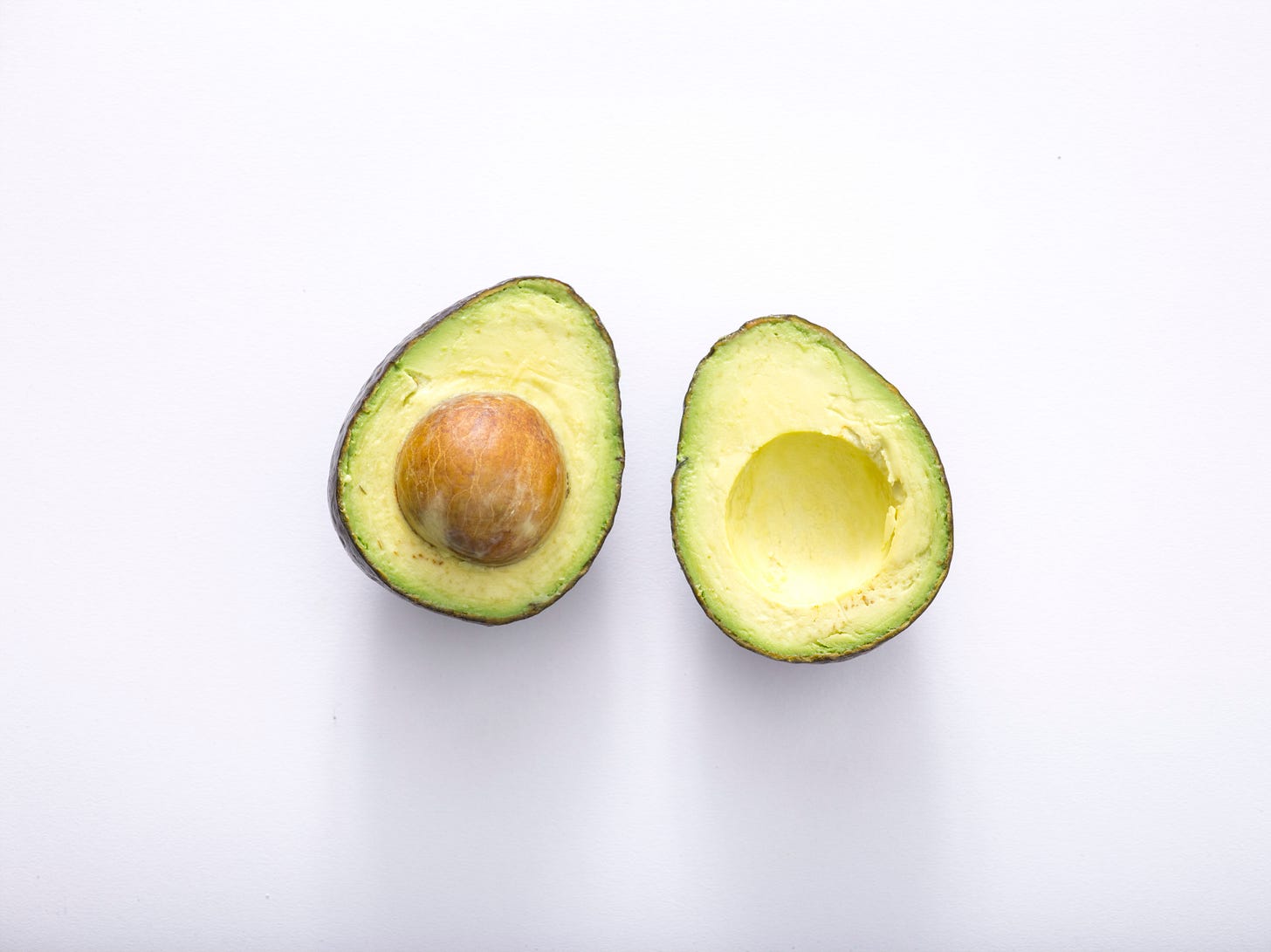Welcome to Thursday Things! If you enjoy this edition, please click the heart icon in the header or at the end of the post to let me know.
“Greetings, human. Welcome to Dogtopia.” Photo by Anoir Chafik on Unsplash
Radioactive Rover
Who had mutant feral dogs on their 2023 bingo card?
The Dogs of Chernobyl Are Experiencing Rapid Evolution, Study Suggests
This is how the movie starts:
As the world’s greatest nuclear disaster approaches its 40th anniversary, biologists are now taking a closer look at the animals located inside the Chernobyl Exclusion Zone (CEZ), which is about the size of Yosemite National Park, and investigating how decades of radiation exposure may have altered animals’ genomes—and even, possibly, sped up evolution.
Oh, look, some friendly feral dogs!
Scientists from the University of South Carolina and the National Human Genome Research Institute have begun examining the DNA of 302 feral dogs found in or around the CEZ to better understand how radiation may have altered their genomes.
This new study uncovered that the feral dogs living near the Chernobyl Power Plant showed distinct genetic differences from dogs living only some 10 miles away in nearby Chernobyl City. While this may seem to heavily imply that these dogs have undergone some type of rapid mutation or evolution due to radiation exposure, this study is only a first step in proving that hypothesis.
Because I’ve seen this movie I will go ahead and say, yes, those are mutant feral dogs. And they could become a menace. Or, if we’re lucky, they are secretly building a super-advanced canine society inside the ruins of Chernobyl and are still man’s best friend and will save us from the rogue AIs, giant killer hogs, super apes, or whatever else is out there.
Read all the science details at The dogs of Chernobyl: Demographic insights into populations inhabiting the nuclear exclusion zone in Science Advance.
Welcome! Photo by Tetiana Grypachevska on Unsplash
You’re going to need a bigger umbrella
With all the super telescopes and advanced space probes we have now, it seems like scientists are discovering dozens of new planets every day. And they’re almost always weird:
Astronomers discover a planet where it rains rocks and the oceans are made of lava
K2-141b is an exoplanet, which means it orbits a star outside our solar system. It was discovered in 2018 by NASA’s Kepler space telescope, and it is located about 200 light-years away from Earth. K2-141b is about the same size as Earth, but that’s where the similarities end.
K2-141b is classified as a lava planet, because it is so close to its host star that its surface is mostly covered by molten rock.
Okay, that’s basically Mustafar from Star Wars. Except, presumably with fewer Sith lords.
Then there are the planets where it rains diamonds and rubies:
Tidally locked hot Jupiter WASP-121b has an atmosphere so hot on one side that it breaks down water molecules and rains rubies and sapphires.
Or the planet where it rains glass: On Giant Blue Alien Planet, It Rains Molten Glass
Do you ever suspect astronomers are just making up these planets with a random planet generator website?
"On YGL-4856 it rains [Insert Crazy Solid Thing] and the oceans are made of [Insert Non-Liquid Substance]!
Where is the planet that rains banana nut muffins?
Saving avocados
Or the Avocado Planet?
I stumbled across this recently: Tips on saving half of your avocado
This is not a problem I’ve ever had — how to save half an avocado. Who eats only half of an avocado? Apparently enough people that Avocados From Mexico, a site full of avocado knowledge, thought to add a page of advice on how to save the other half. I will share it with you in case you are one of those people:
Cut open the avocado and remove the pit. Immediately coat the flesh of one half with fresh lemon juice. Wrap the avocado half in plastic wrap and place in the fridge. It’s as easy as one, two, three.
An even easier method is to submerge your ripe avocado in water. Cut your avocado in half and fill a glass or plastic container near full with water. With the flesh-side down, place the avocado in the container, cover, and place in the fridge. This will keep the avocado from turning brown for about another two days.
And now you know!
You can only save one! Photo by Thought Catalog on Unsplash
Thank you for reading!
Please click the hearts, leave a comment, and use the share feature to send this issue to a friend who might enjoy it. See you next Thursday!





